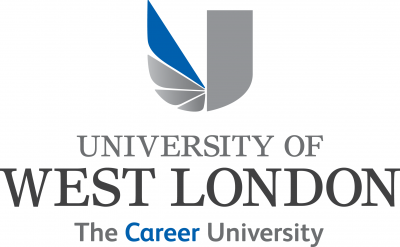7th February, 2014 / 11.00am - 4.00pm
23rd April, 2019
Folk Devils in Wardour Street: British Film, Music and Youth Cultures in Early Sixties Soho

Event Details
Using The Who and their management team as active agents in the mix, this paper looks at the interaction between British film, music and youth cultures in the early to mid 1960s, especially as things coalesced in and around Soho locations.
Kit Lambert and Chris Stamp were neophyte cineastes when they first encountered The Who, then operating under the name The High Numbers, at the Railway Hotel, Harrow in 1964. They were led there by the idea a band could give a focus to their film about London Mods.
Having found the band, Lambert and Stamp dropped the idea of reinventing themselves as auteurs for the more exciting prospect of becoming pop impresarios. In the process, they moved The Who’s centre of operations from the city’s periphery to its heart in Soho and a Tuesday night residency at the Marquee Club. From Wardour Street, the centre of the British film industry, the band could better broadcast their pop art transmissions to a hip audience and beyond.
Bio: Peter Stanfield is a professor of film at the University of Kent. He has a well-developed truant eye for pulp culture and has written six monographs on the topic. His latest book, Hoodlum Movies: Seriality and the Outlaw Biker Film Cycle, 1966-1972, develops ideas on film series, cycles and pulp cinema. Popular music’s interaction with film is a key theme in all of his outputs, whether that is a singing cowboy’s blue yodel, the siren song of a torch singer performing behind a veil of smoke and tears, the calypso beat of a juvenile delinquent pic, or the grease and chug of an outlaw biker movie soundtrack. He is currently working on a study of The Who and Pop Art: the band with built in hate.







